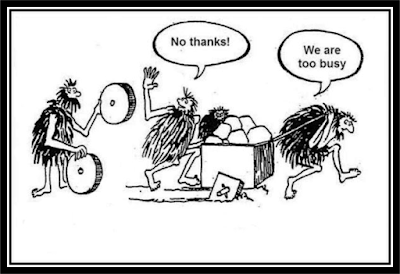Asymmetric Marriage
The relationship between you and the framework author is extraordinarily asymmetric. You must make a huge commitment to the framework, but the framework author makes no commitment to you whatsoever.
Think about this point carefully. When you use a framework, you read through the documentation that the author of that framework provides. In that documentation, the author, and other users of that framework, advise you on how to integrate your software with the framework. Typically, this means wrapping your architecture around that framework. The author recommends that you derive from the framework's base classes, and import the framework's facilities into your business objects. The author urges you to couple your application to the framework as tightly as possible.
For the framework author, coupling to his or her own framework is not a risk. The author wants to couple to that framework, because the author has absolute control over that framework.
What's more, the author wants you to couple to the framework, because once coupled in this way, it is very hard to break away. Nothing feels more validating to a framework author than a bunch of users willing to inextricably derive from the author's base classes.
In effect, the author is asking you to marry the framework - to make a huge, long-term commitment to that framework. And yet, under no circumstances will the author make a corresponding commitment to you. It's a one-directional marriage. You take on all the risk and burden; the framework author takes on nothing at all.
The Risks
What are the risks? Here are just a few for you to consider.
- The architecture of the framework is often not very clean. Frameworks tend to violate the Dependency Rule. They ask you to inherit their code into you business objects - your entities! They want their framework coupled into that innermost circle. Once in, that framework isn't coming back out. The wedding ring is on your finger; and it's going to stay there.
- The framework may help you with some early features of your application. However, as your product matures, it may outgrow the facilities of the framework. If you've put on that wedding ring, you'll find the framework fighting you more and more as time passes.
- The framework may evolve in a direction that you don't find helpful. You may be stuck upgrading to new versions that don't help you. You may even find old features, which you made use of, disappearing or changing in ways that are difficult for you to keep up with.
- A new and better framework may come along that you wish you could switch to.
The Solution
What is the solution?
Don't marry the framework!


No comments:
Post a Comment